Next
Next

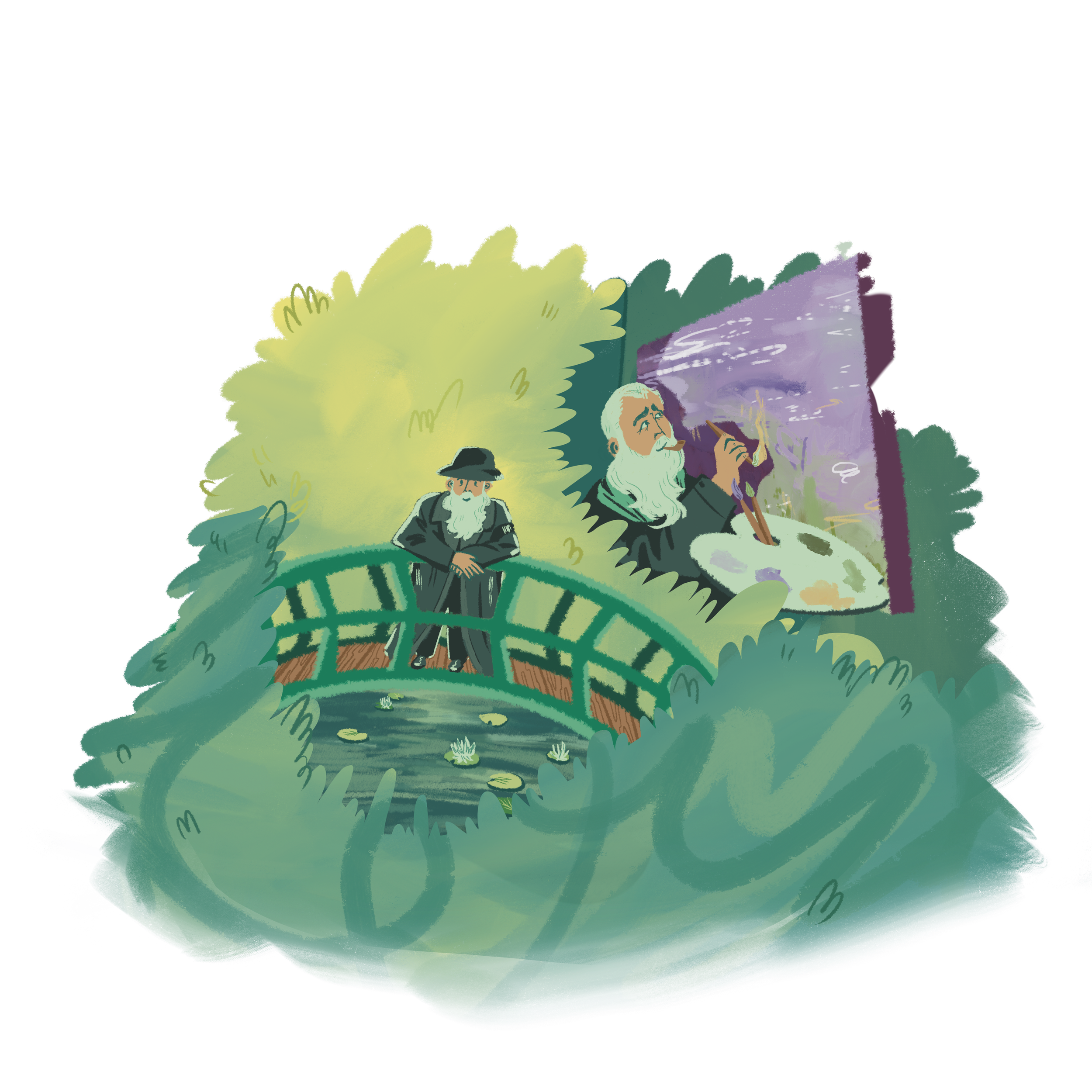
In 1914, at age 73, Claude Monet began a new series of paintings. Inspired by his garden and lily pond, these paintings were larger and more experimental than works he had made before.
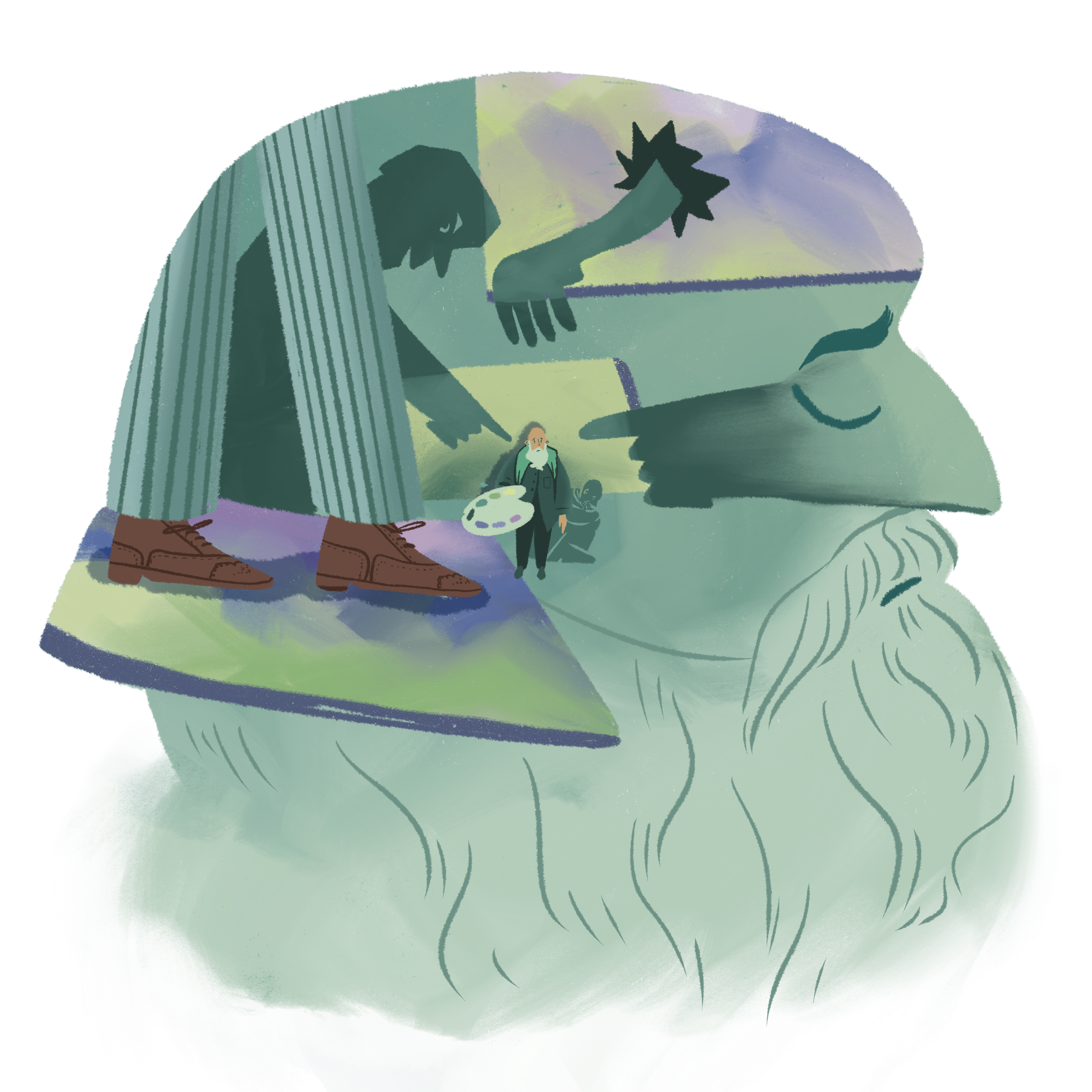
He spent endless time reworking these paintings, even destroying many he didn't like. Monet was excited about this new direction, but many critics were harsh, causing Monet to doubt himself and his work.
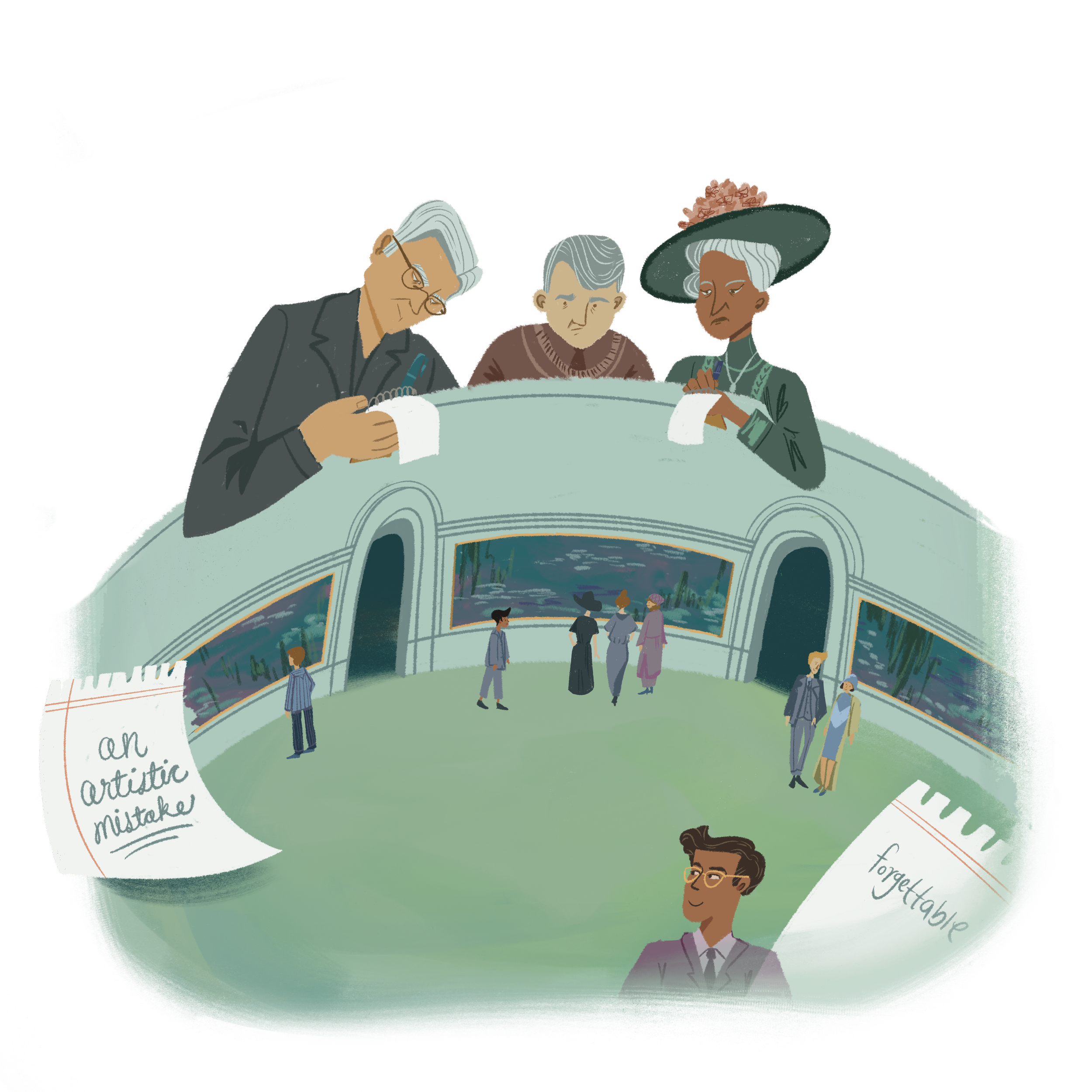
Shortly after Monet's death in 1936, the Orangerie Museum in Paris exhibited twenty-two of Monet's forty large Water Lilies paintings for the first time.
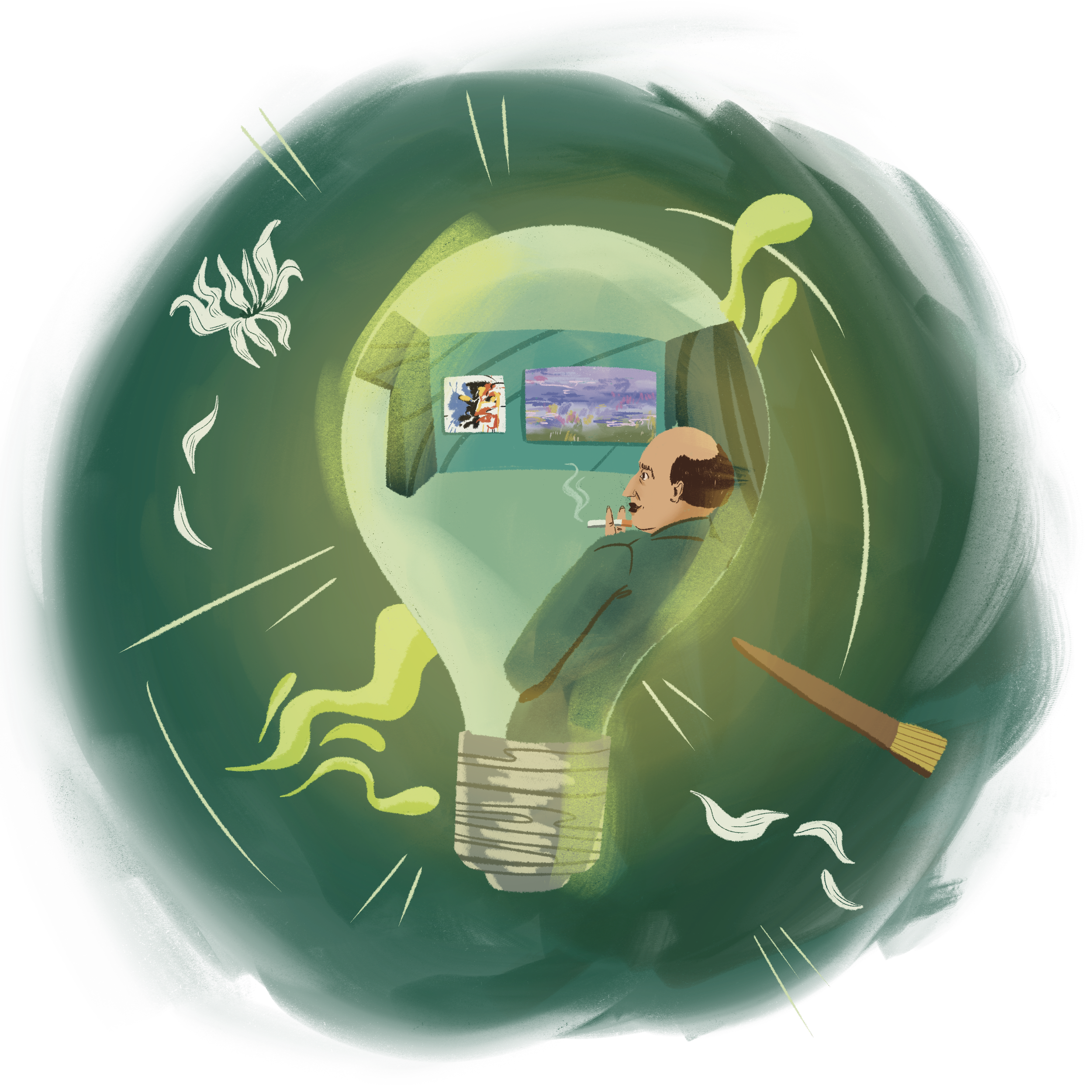
The rest of the panels sat in Monet's studio until the late 1940s and early 1950s, when art dealers and critics realized that Monet's late style had paved the way for a new generation of abstract painters.

In 1955, The Museum of Modern Art in New York became the first museum in the United States to buy one of Monet's large Water Lilies panels.
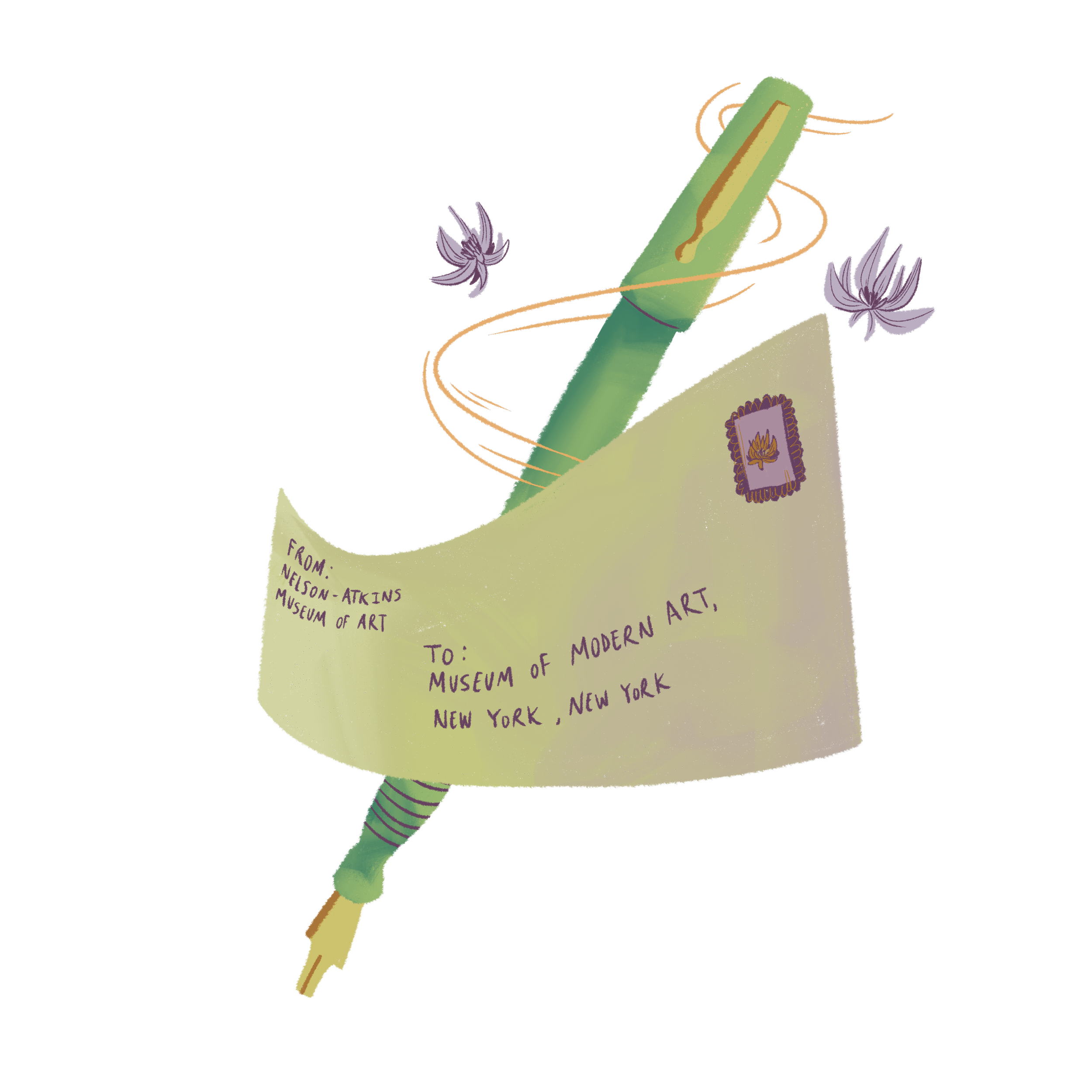
In 1956, the Nelson-Atkins Curator of European Art, Patrick J. Kelleher, wrote The Museum of Modern Art in New York about where to a quire a Water Lilies painting. He discovered that more were available through New York's Knoedler Gallery.

Knoedler Gallery sent the Nelson-Atkins a Water Lilies panel in November 1956. But museum trustees were skeptical about buying it because it was large and expensive.

Students at the Kansas City Art Institute (KCAI) heard that the museum was on the fence about purchasing the painting. Students drafted a petition to urge museum trustees to "obtain the canvas." Three staff members and eighty-seven students- more than half of the student population at the time- signed it.

After reading this passionate letter from the students, the Nelson-Atkins trustees decided to purchase the painting, adding it to the collection on March 12, 1957.
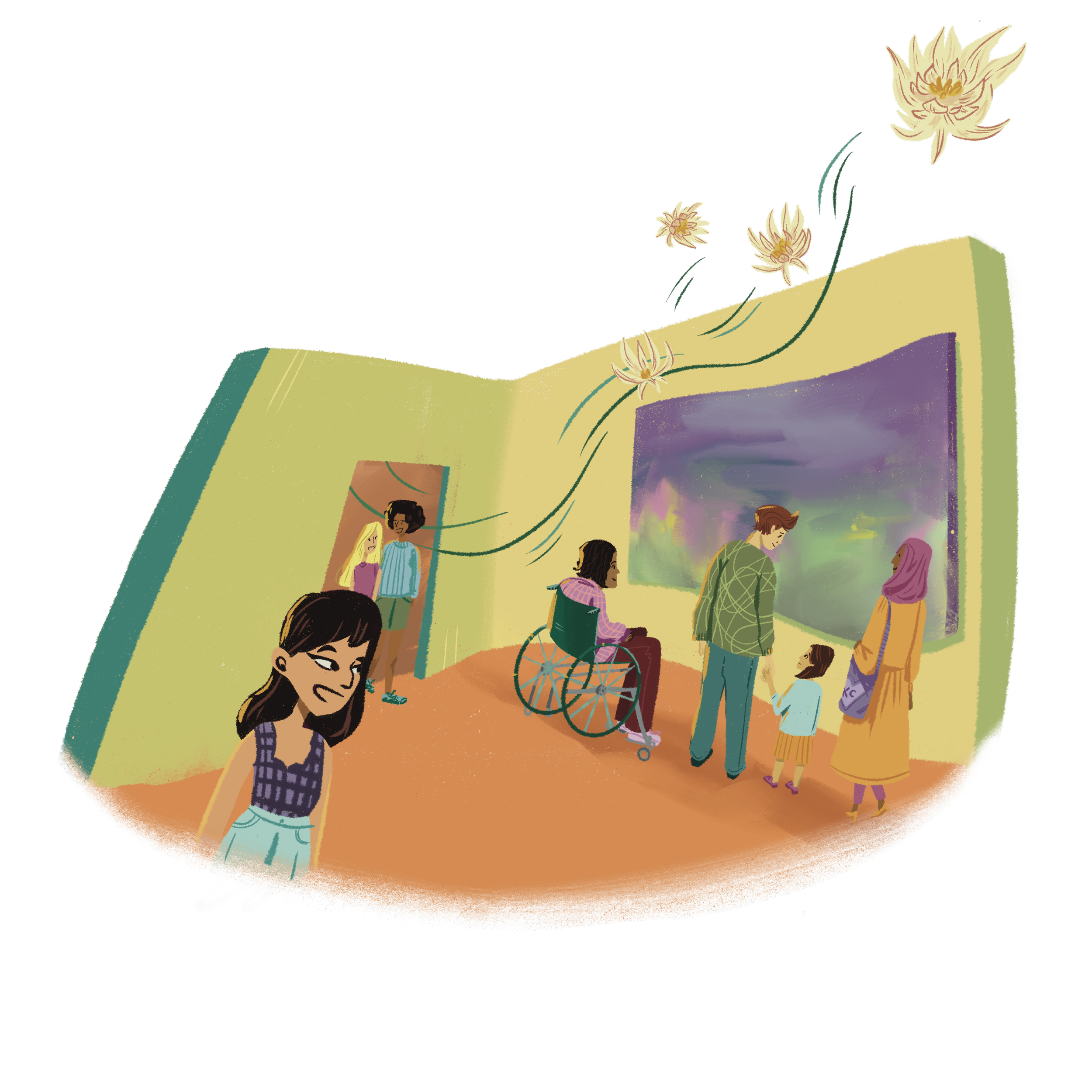
Today, Monet's Water Lilies is one of the most beloved works in the museum's collection, proving that people have the power to influence the way we understand and appreciate art.

Lily Pad

Petition Signee Lyle Burk
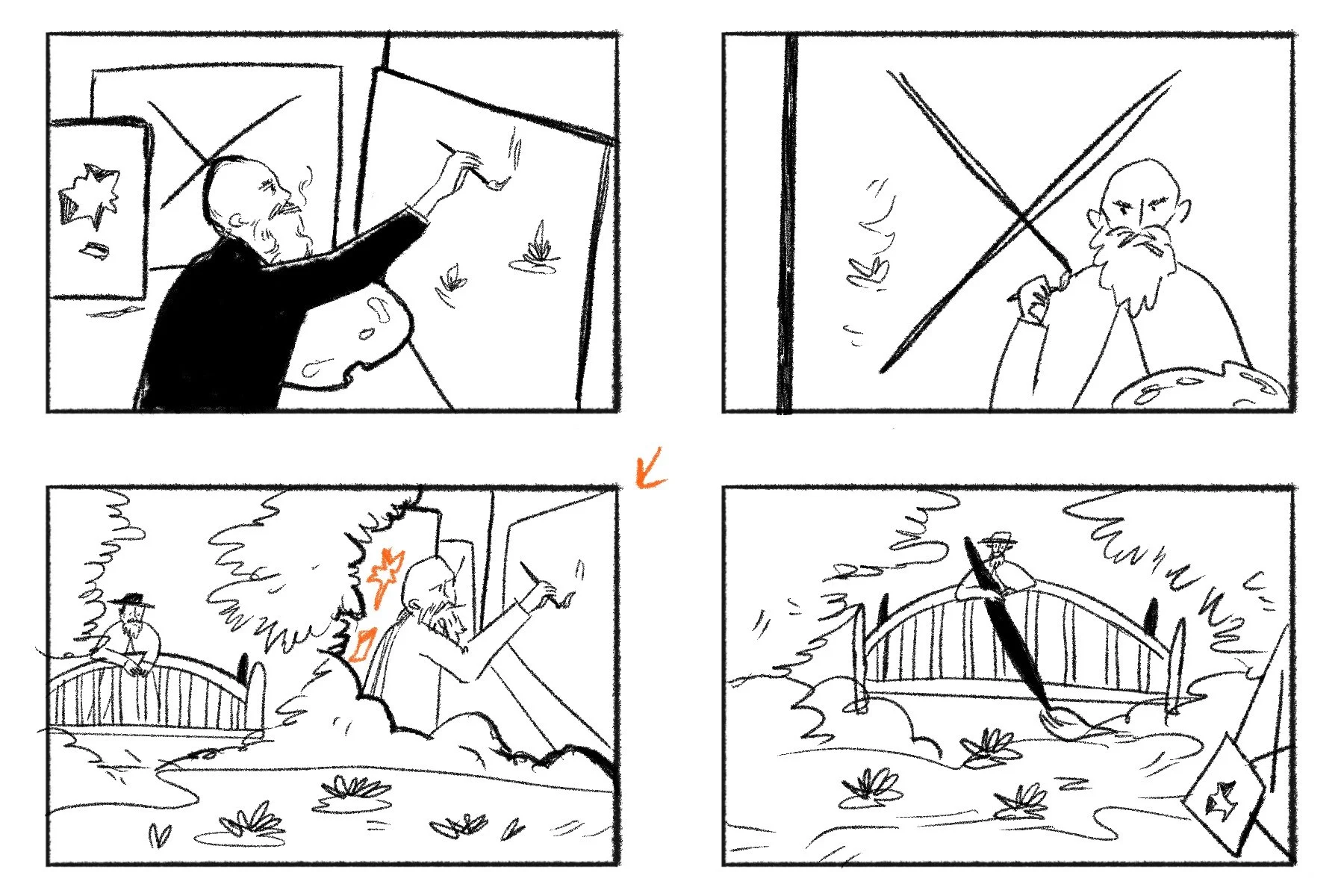
In 1914, at age 73, Claude Monet began a new series of paintings. Inspired by his garden and lily pond, these paintings were larger and more experimental than works he had made before.
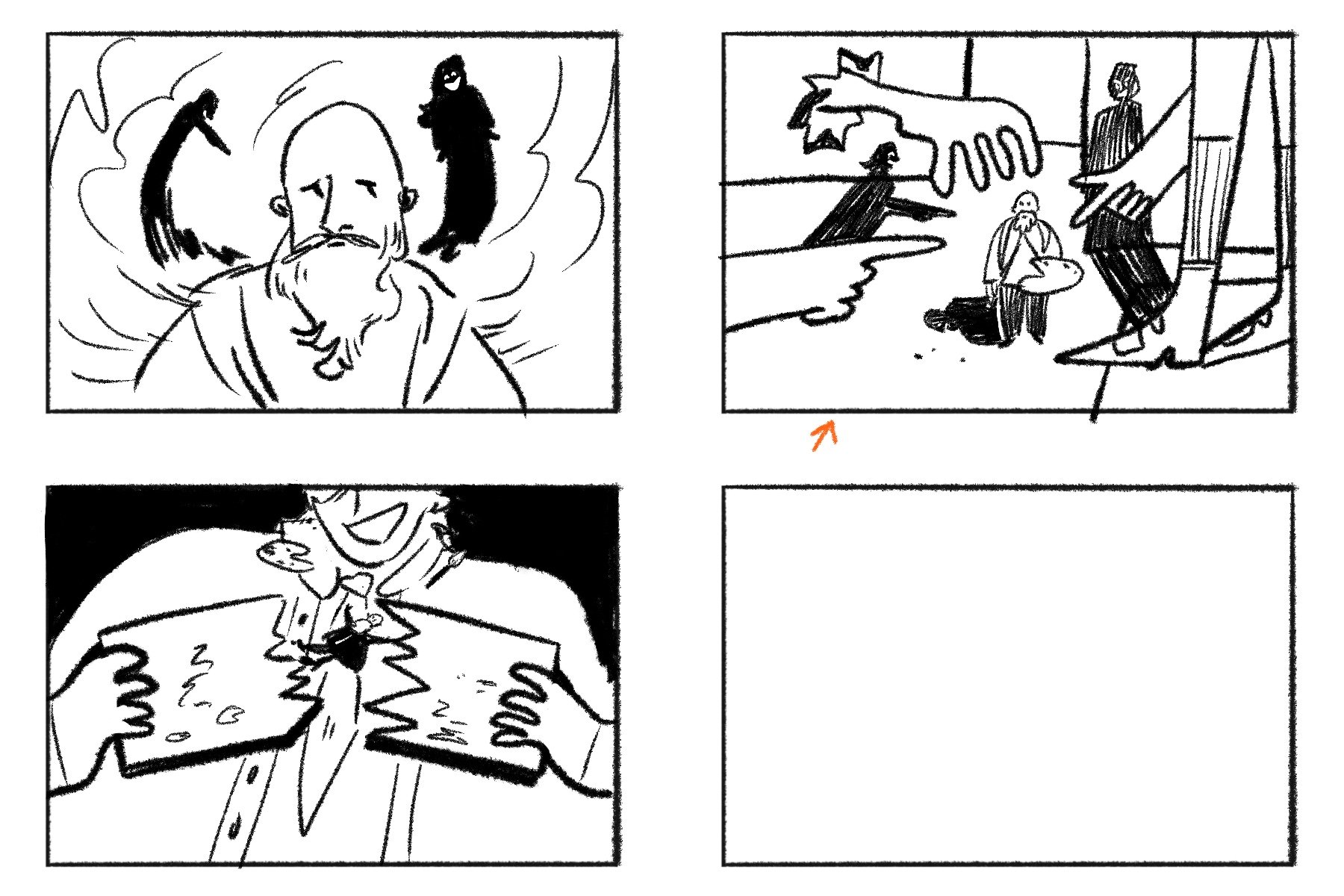
He spent endless time reworking these paintings, even destroying many he didn't like. Monet was excited about this new direction, but many critics were harsh, causing Monet to doubt himself and his work.
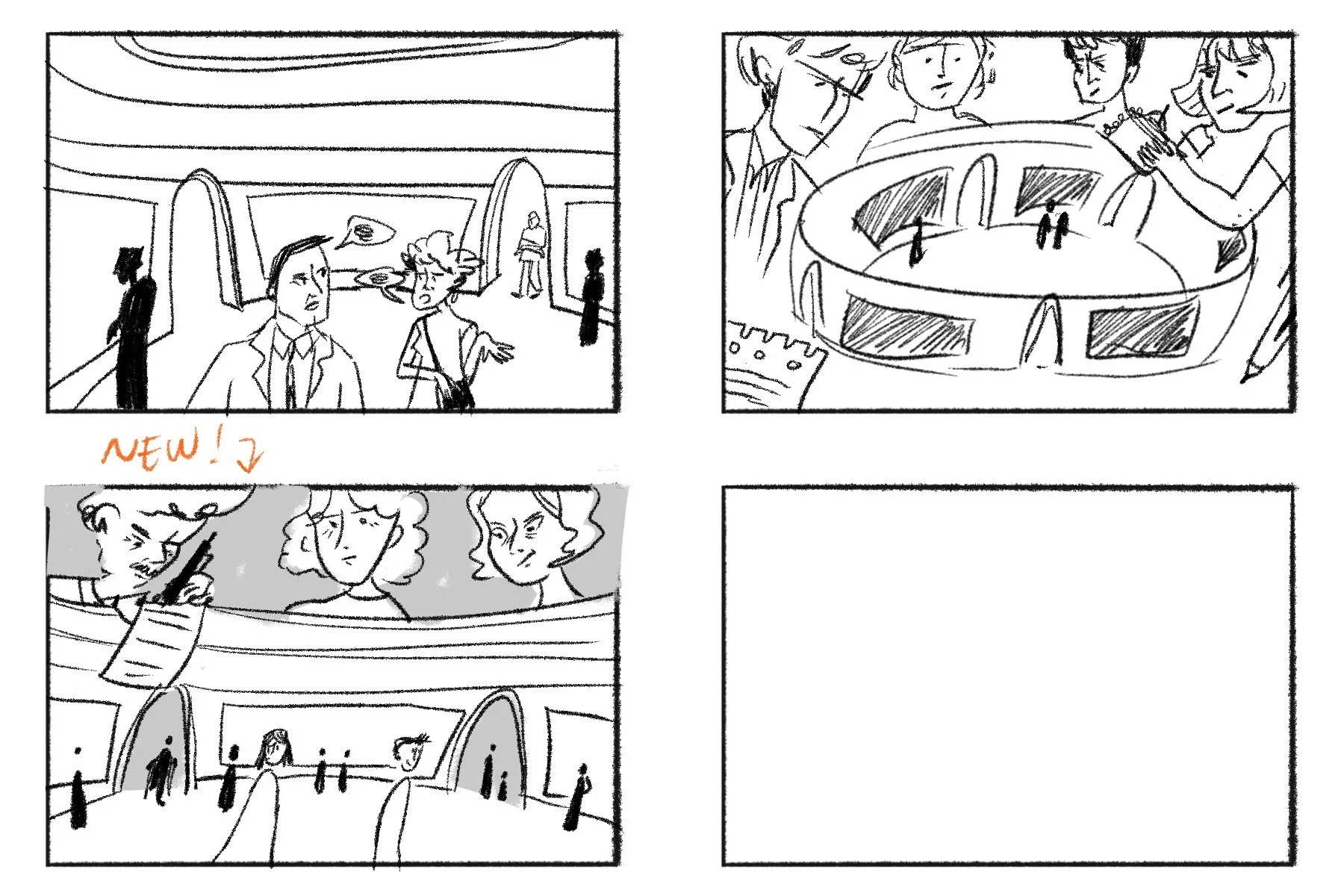
Shortly after Monet's death in 1936, the Orangerie Museum in Paris exhibited twenty-two of Monet's forty large Water Lilies paintings for the first time.
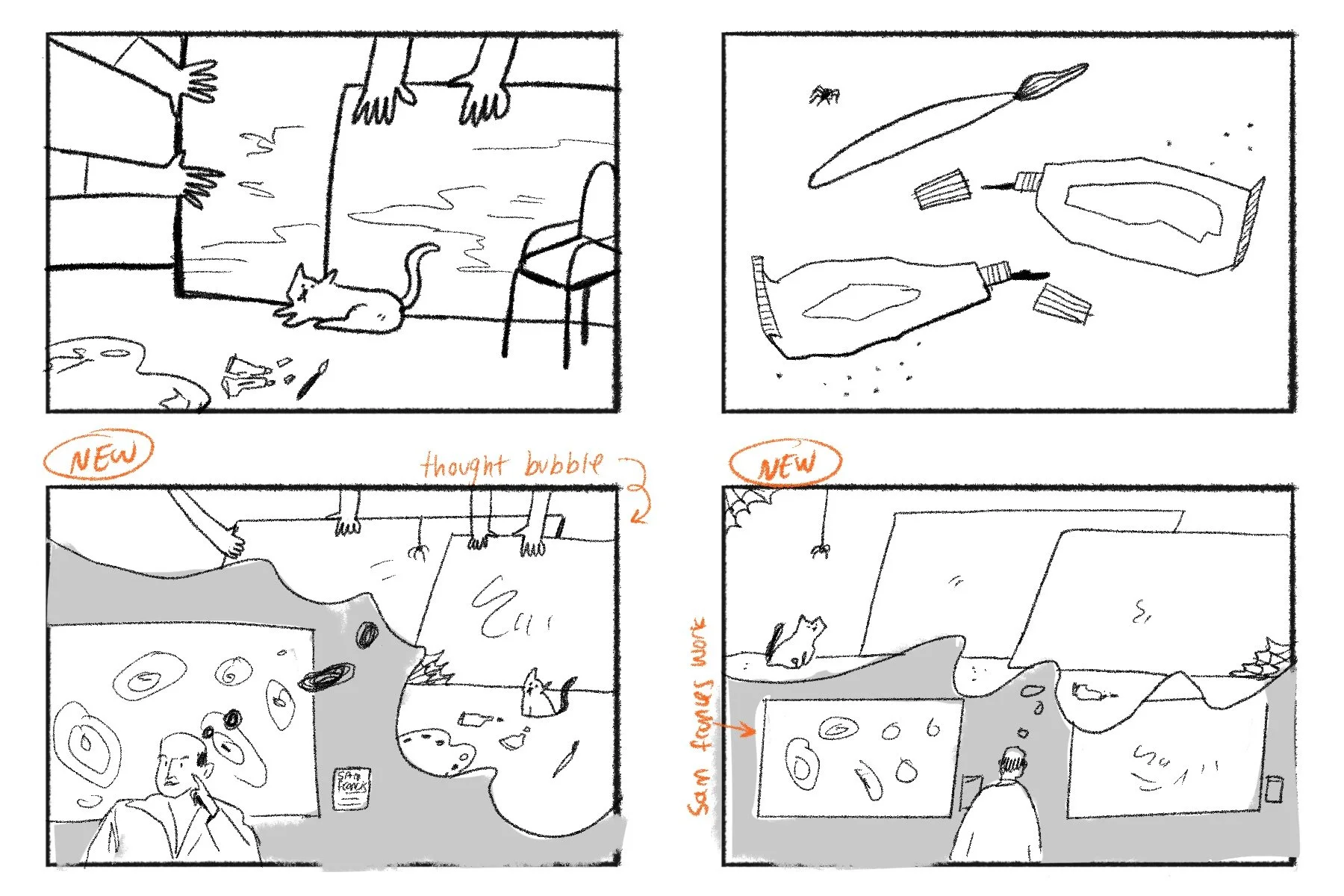
The rest of the panels sat in Monet's studio until the late 1940s and early 1950s, when art dealers and critics realized that Monet's late style had paved the way for a new generation of abstract painters.
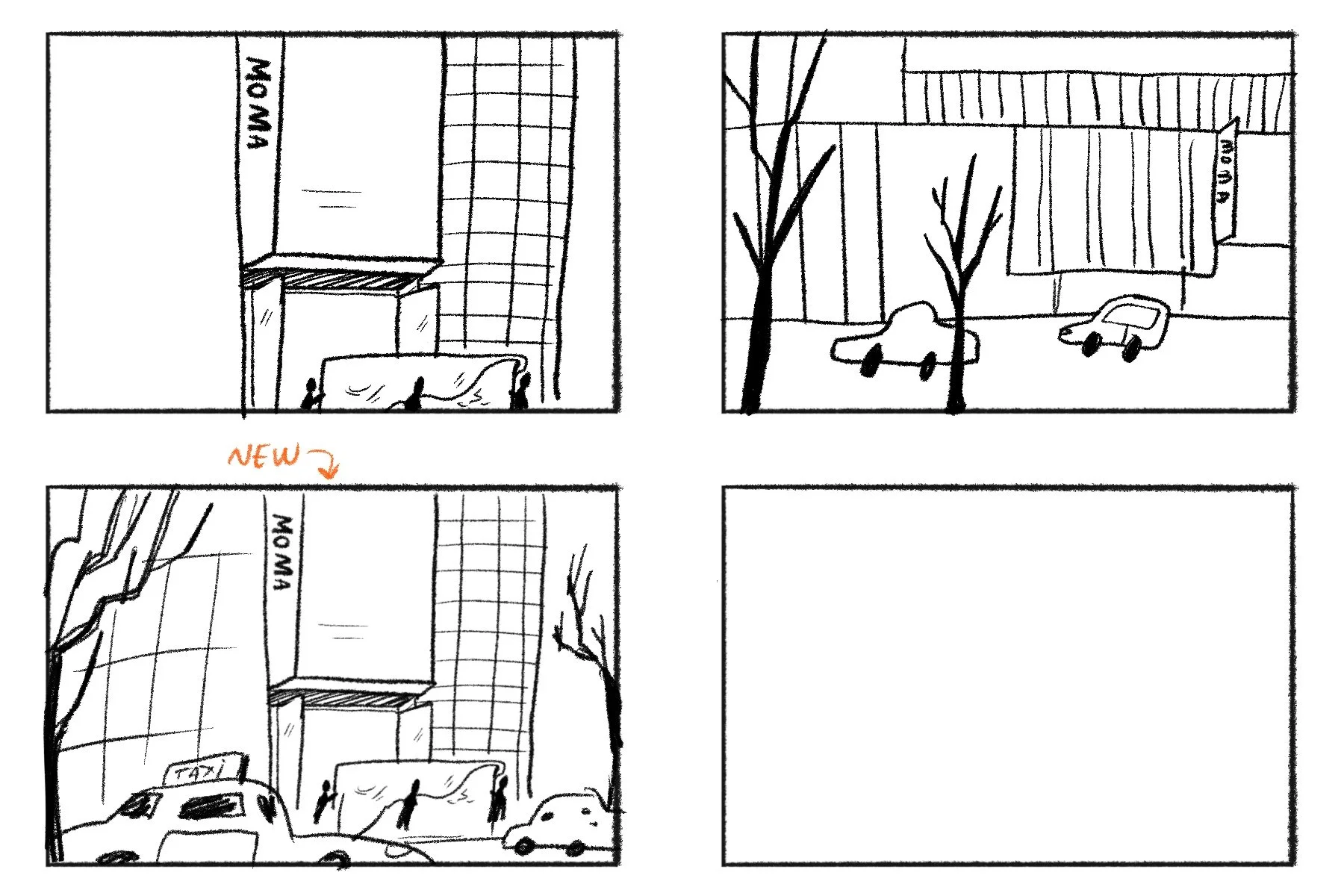
In 1955, The Museum of Modern Art in New York became the first museum in the United States to buy one of Monet's large Water Lilies panels.
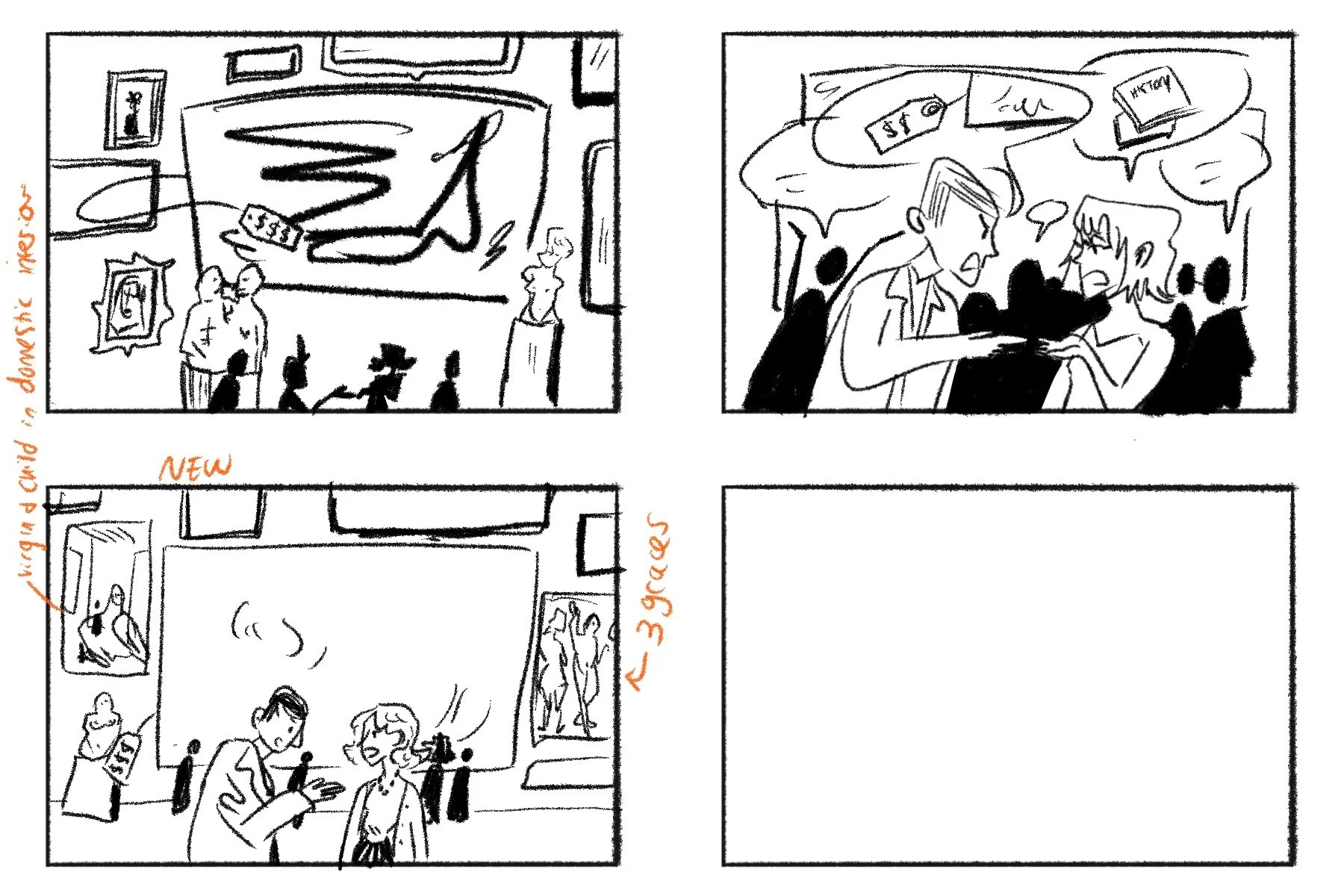
Knoedler Gallery sent the Nelson-Atkins a Water Lilies panel in November 1956. But museum trustees were skeptical about buying it because it was large and expensive.

Students at the Kansas City Art Institute (KCAI) heard that the museum was on the fence about purchasing the painting. Students drafted a petition to urge museum trustees to "obtain the canvas." Three staff members and eighty-seven students- more than half of the student population at the time- signed it.
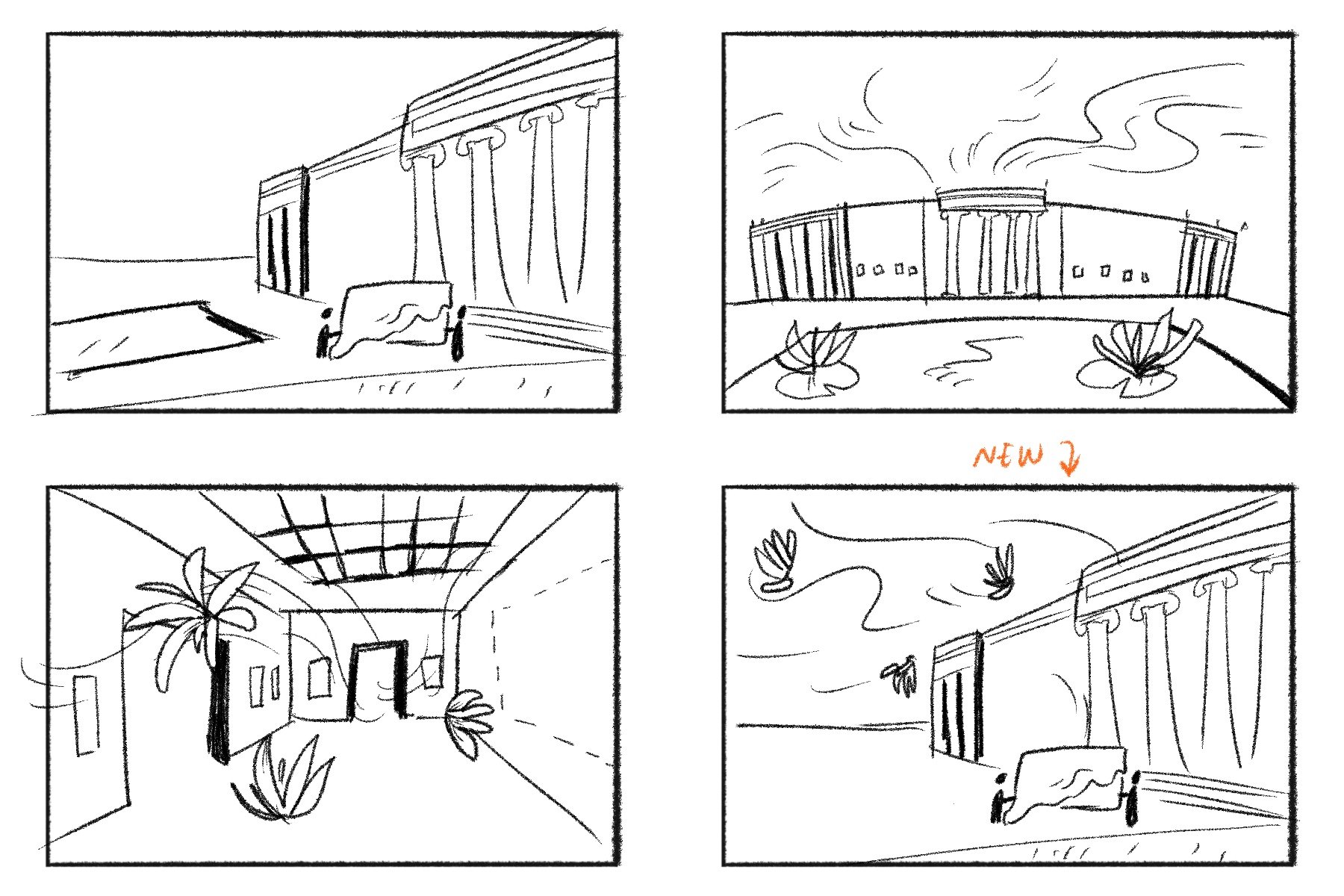
After reading this passionate letter from the students, the Nelson-Atkins trustees decided to purchase the painting, adding it to the collection on March 12, 1957.
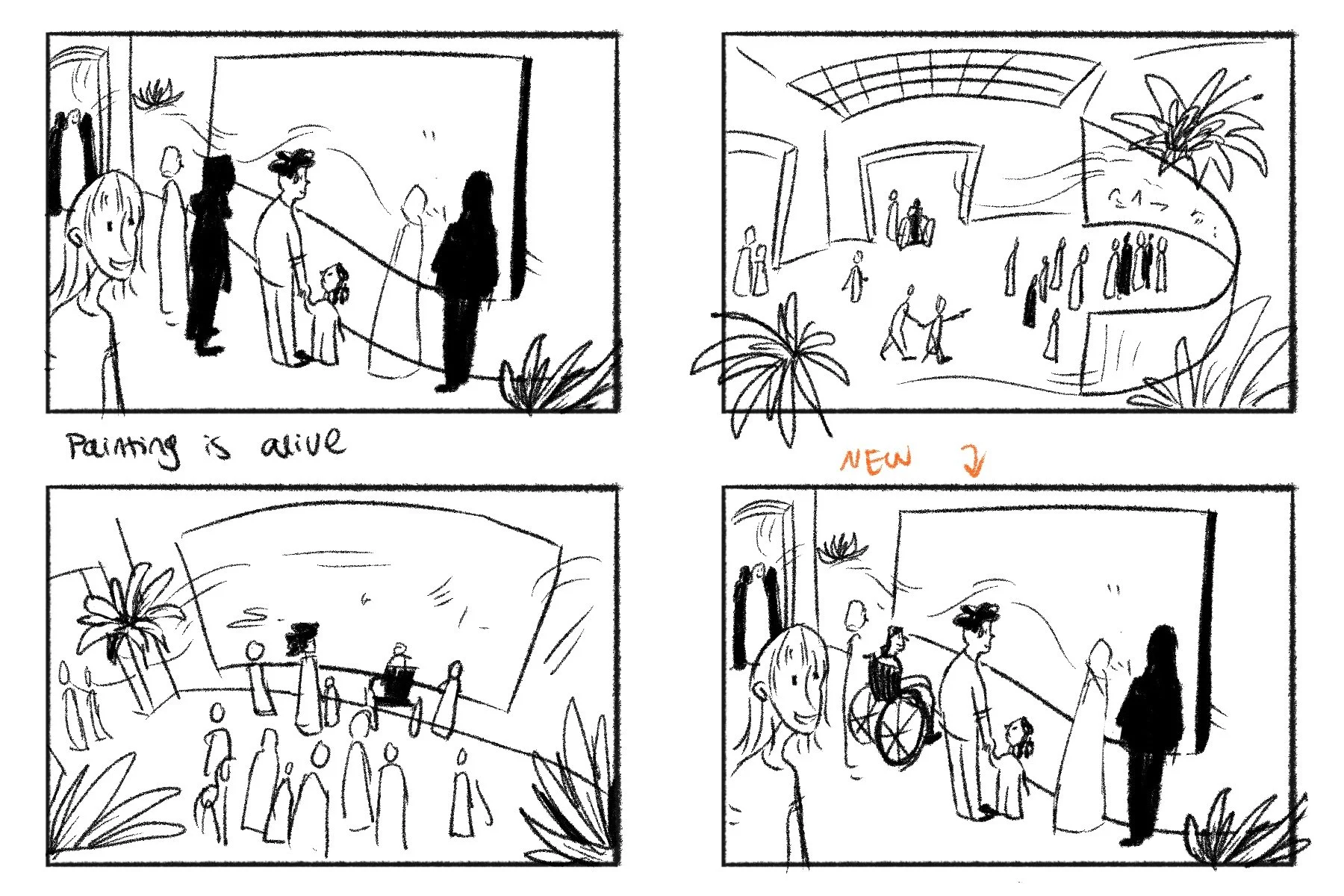
Today, Monet's Water Lilies is one of the most beloved works in the museum's collection, proving that people have the power to influence the way we understand and appreciate art.